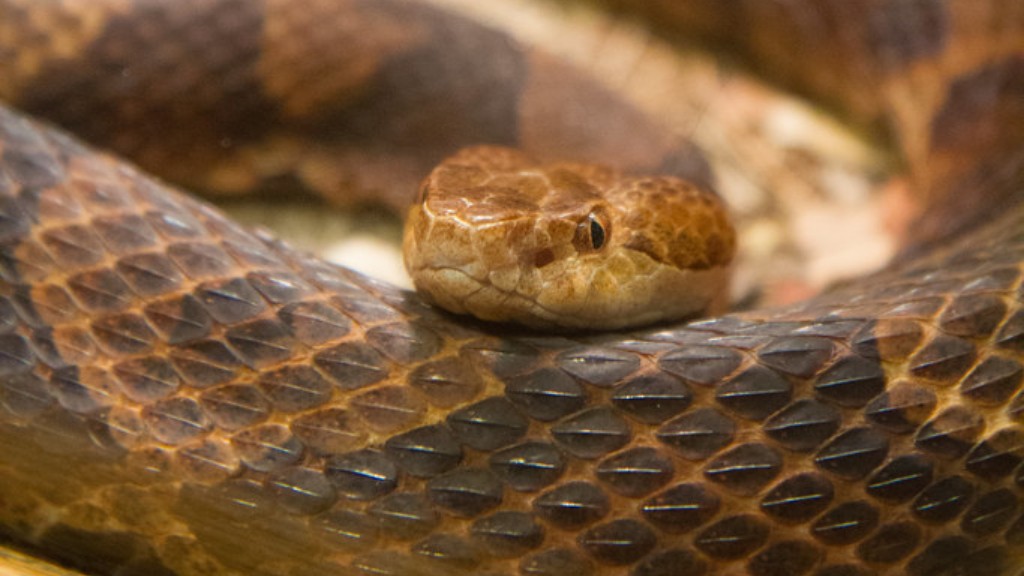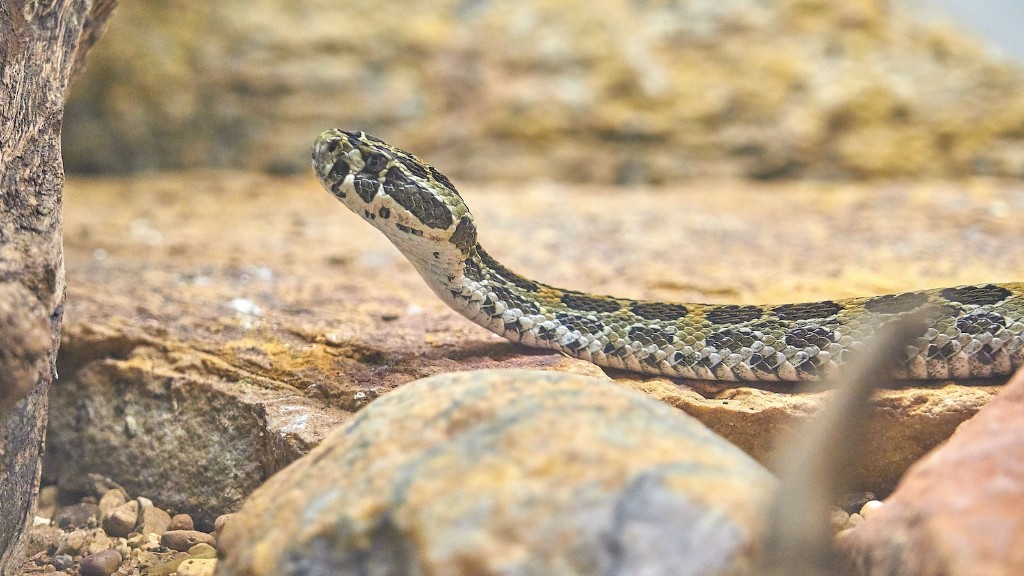Where do Copperhead Snakes like to live in Maryland?
The Copperhead snake, scientifically known as Agkistrodon contortrix, is a venomous snake species found in various regions of North America. In Maryland, these snakes are notably present across the state, but their distribution is not evenly spread. To understand the preferred habitats for Copperhead snakes in Maryland, it is crucial to consider various ecological factors that influence their choice of habitat.
Ecological Factors Influencing Copperhead Snakes in Maryland
1. Temperature: Copperheads are ectothermic creatures, which means they rely on external heat sources to regulate their body temperature. They demonstrate a preference for warm climates due to their limited ability to generate internal heat. Therefore, regions in Maryland that offer favorable temperatures attract Copperhead snakes.
2. Vegetation: Dense vegetation provides an ideal environment for Copperhead snakes. They thrive in areas with abundant understory growth, such as forests, woodlands, and brushy fields, as these locations offer suitable hiding spots and hunting grounds. The presence of fallen logs, rocks, and leaf litter further enhances their habitat suitability.
3. Moisture: Copperhead snakes require a certain level of moisture in their environment. Areas near water sources like streams, ponds, marshes, and wetlands often attract these snakes. These locations not only provide a water source for the snakes but also support prey populations.
Specific Habitats for Copperhead Snakes in Maryland
Based on the ecological factors mentioned above, Copperhead snakes in Maryland tend to inhabit specific habitats:
1. Forested Areas
- Deciduous forests: Copperheads are commonly found in deciduous forests where there is a mix of broadleaf trees. The dense canopy of these forests provides shade and creates suitable microclimates for these snakes.
- Coniferous forests: Although less common, Copperhead snakes can also be found in coniferous forests. They tend to occupy areas with dense understory vegetation, such as pine needles and fallen branches.
2. Riparian Zones
Copperheads are frequently encountered in riparian zones, which are areas adjacent to rivers or streams. These habitats offer both the necessary vegetation cover and a nearby water source that aids in attracting suitable prey.
3. Wetlands and Marshes
Wetlands and marshes play a vital role in providing Copperhead snakes with the moist environment they require. The dense vegetation, abundant water supply, and a variety of prey make these habitats attractive to these snakes.
Human Interactions and Copperhead Snakes in Maryland
Although Copperhead snakes are venomous, they mostly prefer to avoid human contact. However, due to urbanization and habitat encroachment, human interactions with these snakes do occur. It is essential for residents of Maryland to be aware of the habitats preferred by Copperhead snakes to minimize potential encounters and ensure safety.
Additionally, if individuals encounter a Copperhead snake, it is crucial to exercise caution and avoid provoking or attempting to handle the snake. Instead, it is recommended to contact local wildlife authorities or snake removal experts who can safely handle the situation.
In conclusion, Copperhead snakes in Maryland tend to prefer habitats with suitable temperatures, dense vegetation, and adequate moisture. Forested areas, riparian zones, wetlands, and marshes are some of the specific habitats where these snakes are commonly found. Understanding their preferred habitats is essential for avoiding potential encounters and promoting coexistence between humans and these ecologically important reptiles.


